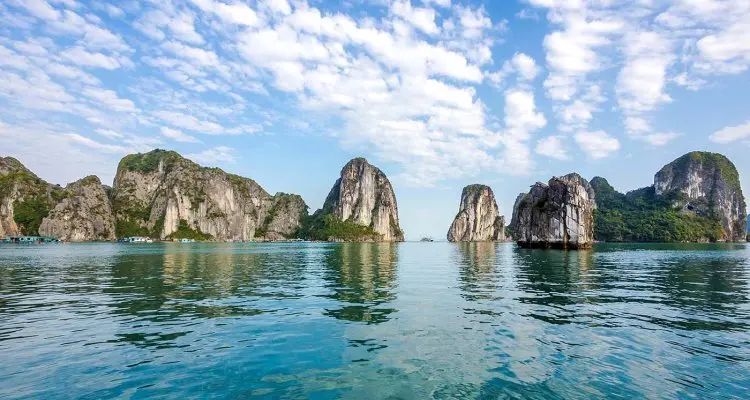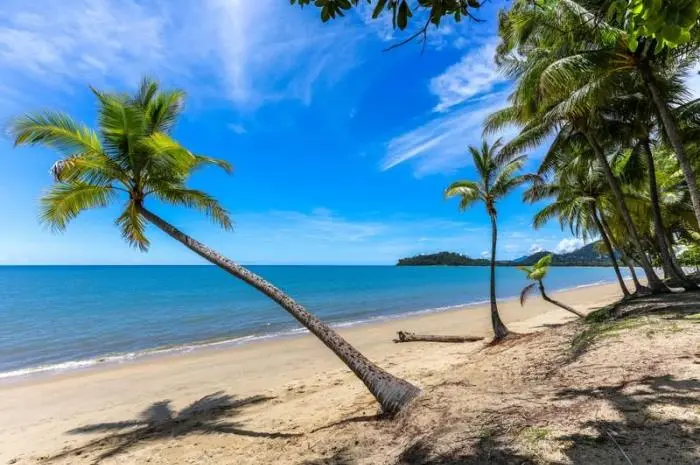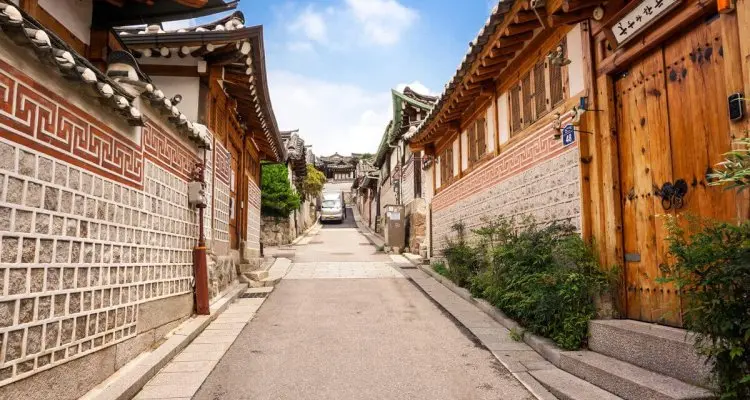A Deep Dive into Ha Long Bay, Vietnam: An Enthralling Natural Wonder

Spread across a canvas of emerald waters and punctuated by towering limestone islets, Ha Long Bay in Vietnam is an awe-inspiring natural spectacle that attracts travelers from around the globe. Inscribed as a UNESCO World Heritage Site, it represents a unique geological and climatic phenomenon.
In this article, we delve into the reasons that make Ha Long Bay a must-visit, its geographical location and the best way to reach it, the ideal time to plan a visit, and the mesmerizing sights it offers.
Why Visit Ha Long Bay?
Ha Long Bay, translating to “Descending Dragon Bay”, possesses an irresistible charm that stems from its unique combination of geography, geology, biodiversity, and cultural history. Its landscape is a captivating tableau of over 1,600 limestone islands and islets, covered in lush vegetation, rising spectacularly from the ocean.
These karst formations have been shaped and weathered over 500 million years into a variety of sizes and shapes, each with its distinct character.
The bay is not just about natural beauty; it also hosts significant biodiversity and a wealth of biological interest. It’s home to various ecosystems, including tropical evergreen forests, coral reefs, and mangrove forests, supporting a diverse range of fauna and flora.
Additionally, Ha Long Bay carries rich cultural and historical significance, with prehistoric human cultures having inhabited the area as early as 18,000 BC. Several of the islands contain beautiful grottoes that boast impressive stalactite and stalagmite formations, some of which are accessible to tourists.
The region also offers ample opportunities for outdoor activities like kayaking, hiking, scuba diving, rock climbing, and more. Lastly, the bay’s floating villages, with their houses on stilts and a lifestyle closely tied to the sea, provide a fascinating glimpse into local life.
Location and Route
Ha Long Bay is situated in northeast Vietnam, in Quang Ninh province. It’s approximately 170 kilometers east of Hanoi, the country’s capital.
There are several ways to reach Ha Long Bay from Hanoi. The most common route is by road, either by private vehicle or bus, which takes about 3-4 hours. A faster, albeit more expensive option is to take a seaplane from Hanoi, offering an unforgettable aerial view of the bay.
For an immersive experience, consider booking a cruise. Numerous companies operate one to three-day cruises that include activities like kayaking, caving, and visits to floating villages. Overnight cruises also offer the magical experience of a sunrise or sunset amid the bay’s majestic karsts.
When to Visit
Ha Long Bay can be visited throughout the year, but the experience varies depending on the season. The bay experiences two main seasons: hot and humid summer (April to September) and cool and dry winter (October to March).
The most popular time to visit is during the dry winter months when the weather is cooler and the skies are mostly clear, providing the best conditions for cruising, sightseeing, and photography. However, it’s also the peak tourist season, so expect larger crowds.
If you prefer a quieter experience, consider visiting during the summer months. While there may be occasional showers and potential typhoons in late summer, these usually don’t last long and can offer a different, more dramatic perspective of the bay.
What to See
Ha Long Bay itself is a sight to behold, with its magnificent landscape of towering limestone karsts. Key attractions include:
1. Sung Sot Cave (Surprise Cave)
As one of the largest and most impressive caves in Ha Long Bay, Sung Sot Cave is a must-visit. The cave features a system of two large chambers adorned with stunning stalactites and stalagmites.
2. Ti Top Island
Named after Russian astronaut Gherman Titov, this island offers a beautiful beach and a viewpoint at the top of a steep climb, providing panoramic views of the bay.
3. Floating Villages
The centuries-old floating villages like Cua Van and Vung Vieng offer a unique cultural experience. Visitors can learn about the locals’ maritime culture and daily life.
4. Dau Be Island
For those interested in marine life, Dau Be Island is an excellent spot for diving and snorkeling.
In conclusion, Ha Long Bay is an enchanting blend of natural beauty, biodiversity, and cultural history. Whether it’s cruising among the limestone karsts, exploring ethereal caves, visiting floating villages, or engaging in outdoor activities, a visit to Ha Long Bay promises an unforgettable experience in Vietnam’s remarkable seascape.






